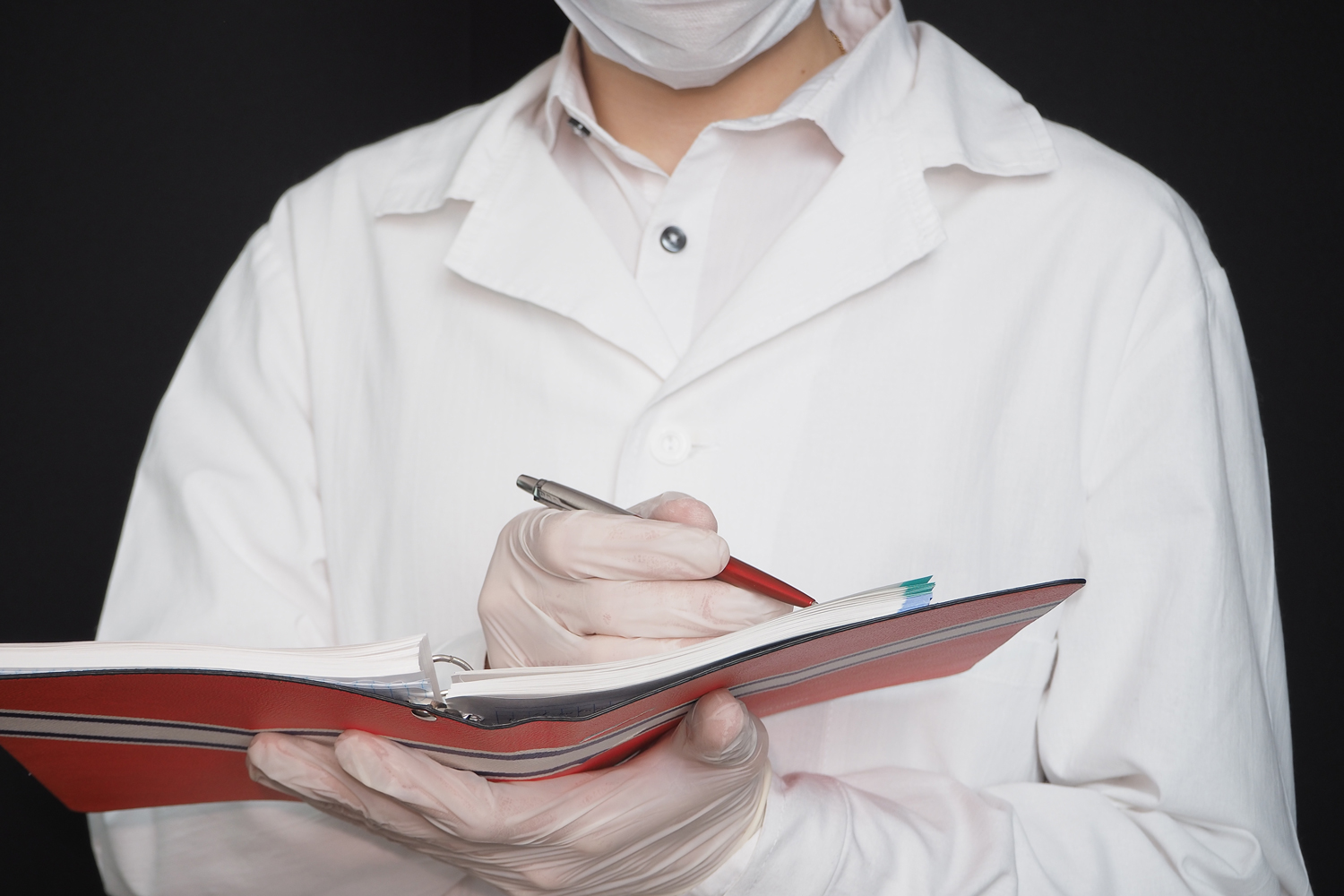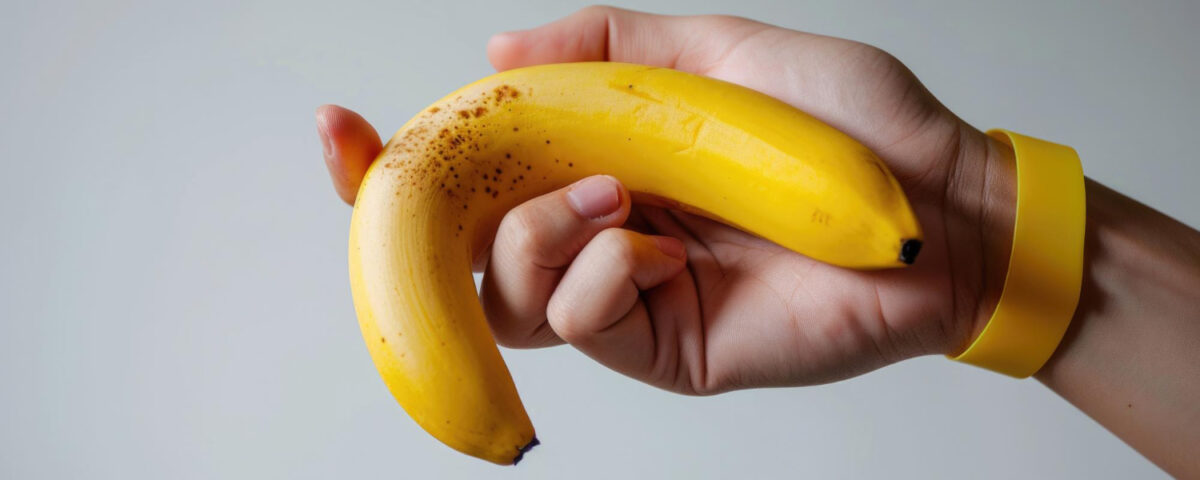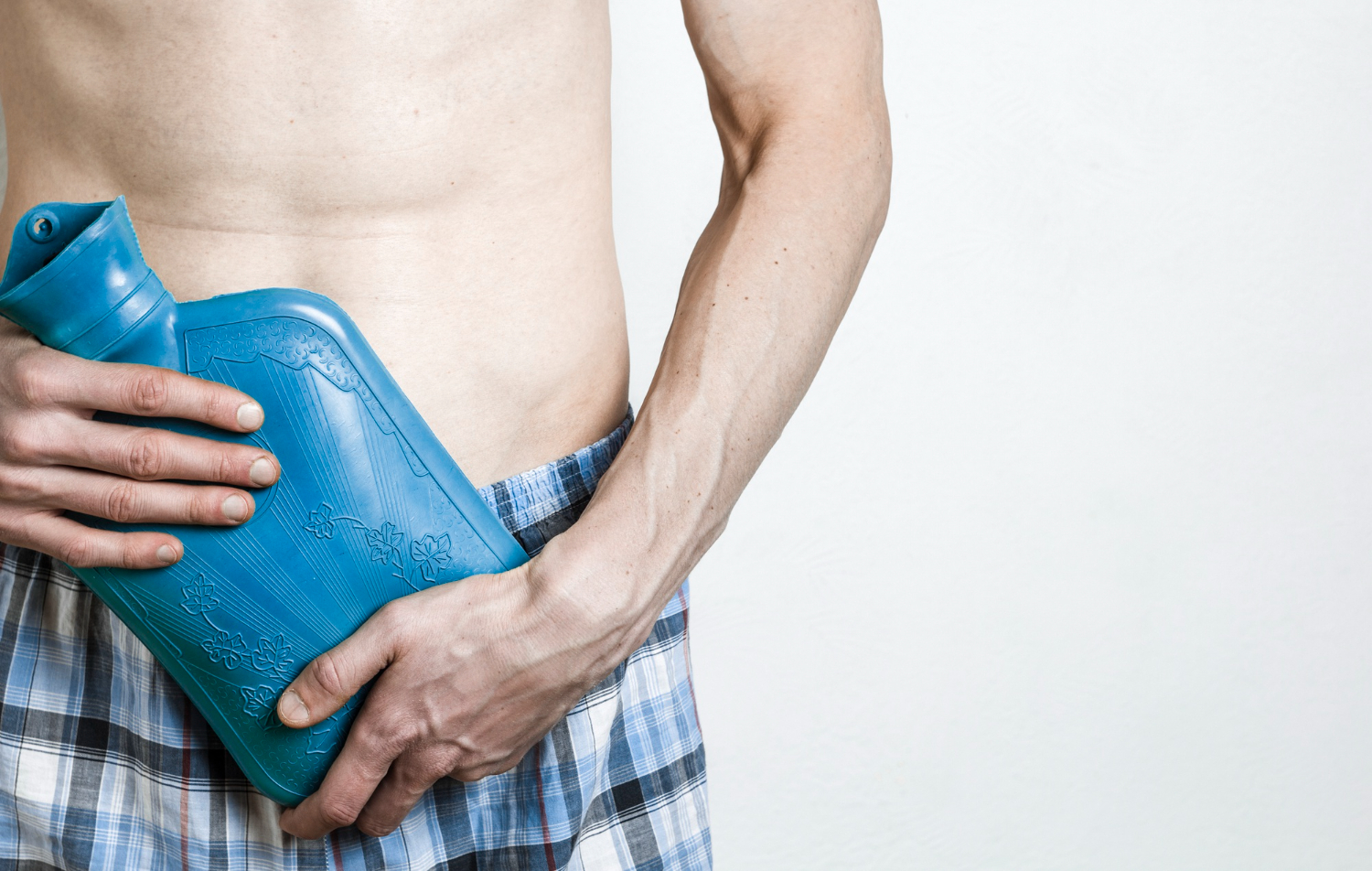Among the many concerns faced by men diagnosed with Peyronie’s disease, one question arises frequently: while this condition is known to cause penile curvature and pain, can it also make urination painful? It’s a legitimate question, given the close anatomical relationship of the structures involved. Pain of any kind is a signal from the body. When it affects a function as essential as urination, anxiety and worry can significantly increase.
The short answer is that, although not common, Peyronie’s disease can indirectly cause painful urination. However, it’s essential to understand how and why this occurs, to avoid misdiagnosis and pursue the most appropriate treatment path. In this article, we explore the connection between Peyronie’s and urinary symptoms, with insights from Prof. Fabio Castiglione, internationally renowned Consultant Urologist & Andrologist.
Can Peyronie’s disease cause painful Urination?
Anatomy and Pathophysiology of Peyronie’s Disease
To understand the connection between Peyronie’s disease and pain—whether urinary or not—it’s important to know what happens inside the penis. The penis contains two cylindrical chambers, the corpora cavernosa, surrounded by a tough, elastic sheath called the tunica albuginea. This tunic allows the penis to expand and become rigid during erection and return to a flaccid state afterward. Peyronie’s disease begins when, as a result of microtraumas (often unnoticed during sexual activity), an abnormal scarring process is triggered on the tunica albuginea. Instead of healing normally, the body forms rigid, inelastic scar tissue known as a plaque. This plaque acts like a “brake”: during erection, while the rest of the tunica albuginea expands, the plaque does not.
This imbalance causes the hallmark symptoms of Peyronie’s disease:
- Penile curvature: The penis bends toward the side with the plaque.
- Pain: Especially during the early inflammatory phase (acute stage).
- Shortening or narrowing: The penis may lose length or develop an “hourglass” deformity.
- Erectile dysfunction: Difficulty maintaining a firm erection is common.
The plaque forms on the tunica albuginea, which surrounds the corpora cavernosa. The urethra, the tube for urine flow, is housed in a separate structure called the corpus spongiosum, located beneath the corpora cavernosa. Pathologically, Peyronie’s plaque does not directly invade the urethra. So where does urinary pain come from?
Can Peyronie’s disease cause painful urination? Get answers and tailored therapies with Prof. Fabio Castiglione. Call +447830398165 for a specialist consultation in London.
Pain and Urinary Symptoms: When are they related to Peyronie’s—and when are they not?

The key question remains: can Peyronie’s disease cause painful urination directly? Rarely. As noted, the plaque does not typically compress the urethra. However, there are three main scenarios in which a patient with Peyronie’s may experience pain or burning during urination.
- Acute inflammation: The early stage of Peyronie’s features active inflammation. This inflammatory process, while localized to the tunica albuginea, can radiate to surrounding tissues. Generalized inflammation in the penile area can produce discomfort, burning, or pain that is also felt during urination, even if the urethra itself is not directly affected.
- Indirect pressure in severe cases: In rare instances of large or calcified plaques, especially on the underside of the penis (ventral side), structural deformation during erection or even at rest may exert indirect pressure on the urethral region, causing discomfort or altered flow.
- Coexisting Urological conditions: This is the most common cause. Men, especially over age 50, may develop Peyronie’s disease and, at the same time, other unrelated urological conditions that cause painful urination. Common examples include:
-
- Prostatitis: Inflammation of the prostate—a frequent cause of urinary burning.
- Urethritis: Inflammation or infection of the urethra.
- Benign Prostatic Hyperplasia (BPH): Enlarged prostate can block urine flow and cause irritation.
A proper differential diagnosis by a specialist like Prof. Castiglione is crucial. Mistaking painful urination for Peyronie’s can delay diagnosis and treatment of prostatitis or other conditions, worsening the situation.
Frequently asked questions (FAQ)

Does Peyronie’s disease affect urination?
Rarely through direct obstruction. It may cause burning due to acute inflammation or coexist with other urinary conditions like prostatitis.
Does Peyronie’s cause burning sensations?
Yes. Burning may occur—typically as pain during erection in the acute phase, but can also be felt during urination due to referred inflammation.
What does Peyronie’s-related pain feel like?
Most commonly, pain occurs during erection, localized to the forming plaque. It may be dull or sharp. Flaccid pain is rare, unless pressure is applied to the plaque.
When is it too late to treat Peyronie’s?
It’s never “too late,” but the approach changes. Non-surgical treatments like the Fabio Protocol are most effective in the acute and early chronic phases to stabilize the plaque and reduce curvature. Surgery is reserved for stable, severe cases.
How long does treatment take?
It varies. Non-surgical treatments like the Fabio Protocol are done over weeks or months in cycles. Improvements may continue even after treatment ends. Peyronie’s management is often a medium-term journey.
How can I manage Peyronie’s pain at home?
During the acute phase, NSAIDs may help (under medical advice). Avoid painful sexual activity to prevent further trauma. Gentle stretching exercises, as prescribed by a specialist, may be beneficial.
What’s the prognosis? Can it be cured?
The main goal of modern treatments is functional: eliminate pain and reduce curvature to restore satisfying sexual function. Many patients achieve significant improvement, but full reversal is rare. Early treatment offers the best prognosis.
Can Peyronie’s disease cause painful urination? Prof. Fabio Castiglione offers expert answers and cutting-edge therapies. Call +447830398165 for a consultation in London and explore the Fabio Protocol for Peyronie’s treatment.
Non-Surgical treatments: A modern approach to Peyronie’s

Fortunately, surgery is no longer the first or only option. Prof. Fabio Castiglione is a pioneer in non-invasive, combination therapies, aimed at managing Peyronie’s from its earliest stages, with goals to relieve pain, stop curvature progression, and in many cases, improve it significantly.
-
Oral and topical medications
While some oral treatments have been explored, their effectiveness is limited. Topical treatments or injections like Verapamil or Collagenase (Xiapex, no longer available in Europe) have shown mixed results and are largely replaced by more modern approaches.
- Traction devices and stretching exercises
Peyronie’s exercises, particularly traction therapy using devices like Restorex, can be effective. These apply constant, controlled tension to the tunica albuginea. When used correctly and consistently, they help “remodel” scar tissue, restore length, and reduce curvature. Prof. Castiglione often incorporates them into a broader treatment plan.
- Low-Intensity shockwave therapy (Li-ESWT)
Shockwave therapy is a key pillar of modern treatment. Low-energy acoustic waves are applied directly to the plaque. This pain-free, non-invasive treatment works in two main ways:
- Anti-inflammatory and analgesic effects: Relieves pain in the acute phase.
- Mechanical and biological effects: Breaks down fibrin deposits in plaques and stimulates new blood vessel formation (neoangiogenesis), improving oxygenation and healing.
- The Fabio protocol: PRP Injections + Shockwave Therapy
The most innovative approach, developed by Prof. Castiglione at his London clinic (Erectile Dysfunction Clinic London), is the Fabio Protocol. This state-of-the-art, non-surgical method combines three elements:
- PRP (Platelet-Rich Plasma): A small amount of the patient’s blood is drawn and centrifuged to concentrate platelets rich in growth factors.
- Guided Injection: PRP is injected directly into the plaque. Growth factors trigger tissue regeneration, modulate inflammation, and replace rigid scar tissue with healthy, elastic tissue.
- P-Shocks (Shockwaves): PRP injections are combined with Li-ESWT therapy to boost results. Shockwaves further activate growth factors and enhance PRP penetration and efficacy.
The Fabio Protocol (PRP + P-Shocks + shockwave) is a comprehensive therapy that doesn’t just manage symptoms—it directly targets plaque biology, offering a real chance to reduce curvature and eliminate pain without surgery.
When is surgery necessary?

Surgery remains a valid but last-resort option, reserved for:
- Stable disease: No worsening for at least 6–12 months.
- Severe curvature: That prevents or significantly impairs penetration.
- Failure of non-surgical therapies.
The main surgical options are plication (Nesbit technique) or, in complex cases, plaque incision with grafting. Prof. Castiglione discusses surgery only after thorough evaluation and only when benefits clearly outweigh risks, such as potential penile shortening or worsened erectile function.
Prof. Castiglione’s Personalized Approach
No two Peyronie’s cases are alike. That’s why a custom treatment plan is the only way to ensure the best outcomes. The journey begins with an advanced diagnosis, including a detailed history and dynamic penile duplex ultrasound. This test maps plaque size, structure (soft vs. calcified), and vascular impact. Based on this, a combined treatment plan is created—possibly including the Fabio Protocol, traction devices, lifestyle advice, and close monitoring to adjust the strategy.
Conclusion
Back to our original question: Can Peyronie’s disease cause painful urination? Yes, indirectly—mainly due to inflammation during the acute phase. But it’s more likely that pain is caused by a separate urological condition needing specific diagnosis. Ignoring symptoms or relying on DIY solutions can worsen both physical and emotional health. The key message: effective, innovative, non-invasive solutions exist. Prof. Fabio Castiglione and his team in London lead the way, offering personalized care like the Fabio Protocol, which has helped hundreds of men overcome pain and curvature, restoring well-being and confidence. Don’t let a question or symptom compromise your quality of life. The first step is speaking with an expert.


